Just So You Know, You Can Always Watch The Earth Live From The ISS. Its Really Relaxing To Me
Just so you know, you can always watch the Earth live from the ISS. Its really relaxing to me
More Posts from Littlecadet-biguniverse and Others

Vdb 158 and PLN 110-12.1
Credit: Jimmy Walker
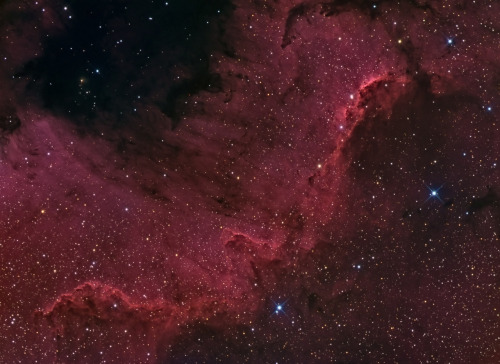
Southern NGC7000
js
Solar System: Things to Know This Week
Our solar system is huge, so let us break it down for you. Here are a few things to know this week:
1. We’re Going In

To be honest, Jupiter is kind of a monster. Not only is it the biggest planet in the solar system, but it also wields the most dangerous radiation and other powerful forces. Despite the risks, our Juno probe is going in close, because Jupiter also holds precious clues to how the planets formed, including our own. Arrival date: July 4. Watch the Juno mission trailer video HERE.
2. Moon Maps

The moon is beautiful in the sky, and also up close—sometimes even in the maps that scientists use to study its surface. Here are some evocative maps that lunar geologists have drawn up to chart the landscapes in the moon’s dramatic Tycho Crater. Take a look HERE.
3. That’s No Moon…Sort Of

The full moon we’ll see this week is not Earth’s only companion in space. Astronomers have discovered a small asteroid in an orbit around the sun that keeps it near the Earth, where it will remain for centuries. But it’s not exactly a second moon, either.
4. Power Blast

Venus has an “electric wind” strong enough to remove the components of water from its upper atmosphere, which may have played a significant role in stripping Earth’s twin planet of its oceans, according to new results from the European Space Agency (ESA) Venus Express mission by NASA-funded researchers.
5. How Green (Well, Red) Was My Valley

“Marathon Valley” slices through the rim of a large crater on Mars. It has provided fruitful research targets for our Opportunity rover since July 2015, but now the rover’s team is preparing to move on.
Want to learn more? Read our full list of the 10 things to know this week about the solar system HERE.
Make sure to follow us on Tumblr for your regular dose of space: http://nasa.tumblr.com

NGC 7129, Young Stars

Milky Way js
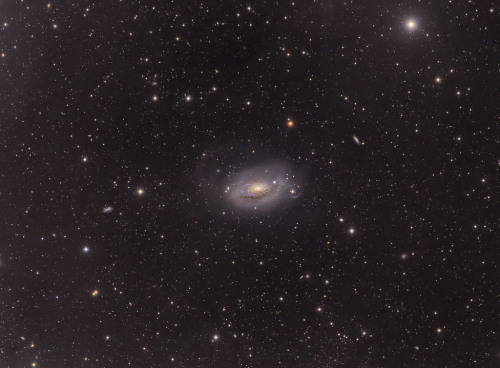
M63 // Sunflower Galaxy

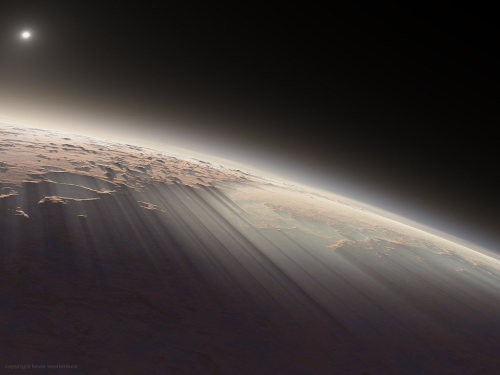
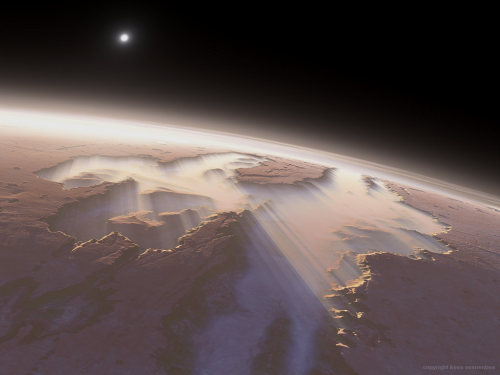


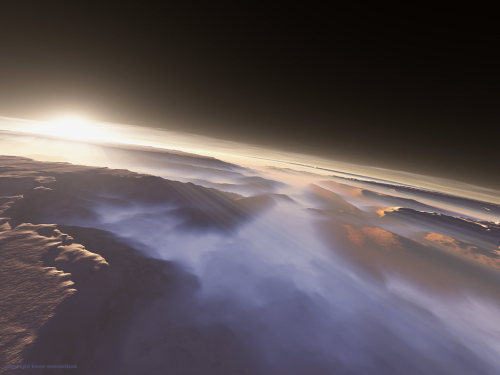
Morning On Mars
Martian sunrises, as seen by the HiRISE orbiter

Our Moon along with Jupiter and it’s 4 largest moons.
Image Credit & Copyright: Cristian Fattinnanzi

A ‘matryoshka’ in the interstellar medium
As if it were one of the known Russian dolls, a group of astronomers, led by researchers at the Instituto de Astrofísica de Canarias, (IAC) has found the first known case of three supernova remnants one inside the other. Using the programme BUBBLY, a method developed within the group for detecting huge expanding bubbles of gas in interstellar space, they were observing the galaxy M33 in our Local Group of galaxies and found example of a triple-bubble. The results, which were published yesterday in the journal Monthly Notices of the Royal Astronomical Society, help to understand the feedback phenomenon, a fundamental process of star formation and in the dissemination of metals produced in massive stars.
The group has been building up a data base of these superbubbles with observations of a number of galaxies and, using the very high resolution 2D spectrograph, GHaFaS (Galaxy Halpha Fabry-Perot System), on the 4.2 m William Herschel Telescope (WHT) of the Isaac Newton Group of Telescopes (Roque de los Muchachos Observatory, La Palma), has been able to detect and measure these superbubbles, which range in size from a few light years to as big as a thousand light years across.
Superbubbles around large young star clusters are known to have a complex structure due to the effects of powerful stellar winds and supernova explosions of individual stars, whose separate bubbles may end up merging into a superbubble, but this is the first time that they, or any other observers, have found three concentric expanding supernova shells.
“This phenomenon -says John Beckman, one of the co-authors on the paper- allows to explore the interstellar medium in a unique way, we can measure how much matter there is in a shell, approximately a couple of hundred times the mass of the sun in each of the shells”. However, if it is known that a supernova expels only around ten times the mass of the sun, where do the second and third shells get their gas from if the first supernova sweeps up all the gas?
The answer to that must come from the surrounding gas and in the inhomogeneous interstellar medium. “It must be -says Artemi Camps Fariña, who is first author on the paper-, that the interstellar medium is not at all uniform, there must be dense clumps of gas, surrounded by space with gas at a much lower density. A supernova does not just sweep up gas, it evaporates the outsides of the clumps, leaving some dense gas behind which can make the second and the third shells”.
“The presence of the bubbles -adds Artemi- explains why star formation has been much slower than simple models of galaxy evolution predicted. These bubbles are part of a widespread feedback process in galaxy disc and if it were not for feedback, spiral galaxies would have very short lives, and our own existence would be improbable”, concludes. The idea of an inhomogeneous interstellar medium is not new, but the triple bubble gives a much clearer and quantitative view of the structure and the feedback process. The results will help theorists working on feedback to a better understanding of how this process works in all galaxy discs.

Juno Arrives at Jupiter Today!
Today on the 4th of July, 2016 (barring any tragic occurrence with the engine firing) NASA’s Juno spacecraft will enter into orbit around Jupiter.
It’s been traveling since 2011 and carries thick shielding to protect its instruments from the dangerous fields of radiation surrounding the planet.
Juno’s not the first spacecraft to go to Jupiter, but it will be the closest. I like to imagine that Juno will look like a scene from Alien: Isolation where you get to look out the window and see that massive gas giant below you.
The goals of this mission are essentially thus: investigate the weather, atmosphere and magnetosphere on Jupiter.
Moving into a grander context, as answers start to come in and we learn more about Jupiter’s nature we hope to learn more about the questions we must be asking in order to investigate the formation of our very solar system on a deeper level.
Of course with any luck and a lot of hard work, we will be able to build a more harmonious theory of how a star system forms, and the things that go into the construct of a massive gas giant.
(Image credit: NASA and JPL)
-
 mysortofstar liked this · 2 months ago
mysortofstar liked this · 2 months ago -
 annaw6izj liked this · 7 months ago
annaw6izj liked this · 7 months ago -
 book-ladder liked this · 1 year ago
book-ladder liked this · 1 year ago -
 perporabelfe liked this · 1 year ago
perporabelfe liked this · 1 year ago -
 stabadinencreek liked this · 1 year ago
stabadinencreek liked this · 1 year ago -
 syntheticph liked this · 1 year ago
syntheticph liked this · 1 year ago -
 neypagasembve liked this · 1 year ago
neypagasembve liked this · 1 year ago -
 diecrawalunprof liked this · 1 year ago
diecrawalunprof liked this · 1 year ago -
 orobteche liked this · 1 year ago
orobteche liked this · 1 year ago
GREETINGS FROM EARTH! Welcome to my space blog! Let's explore the stars together!!!
144 posts